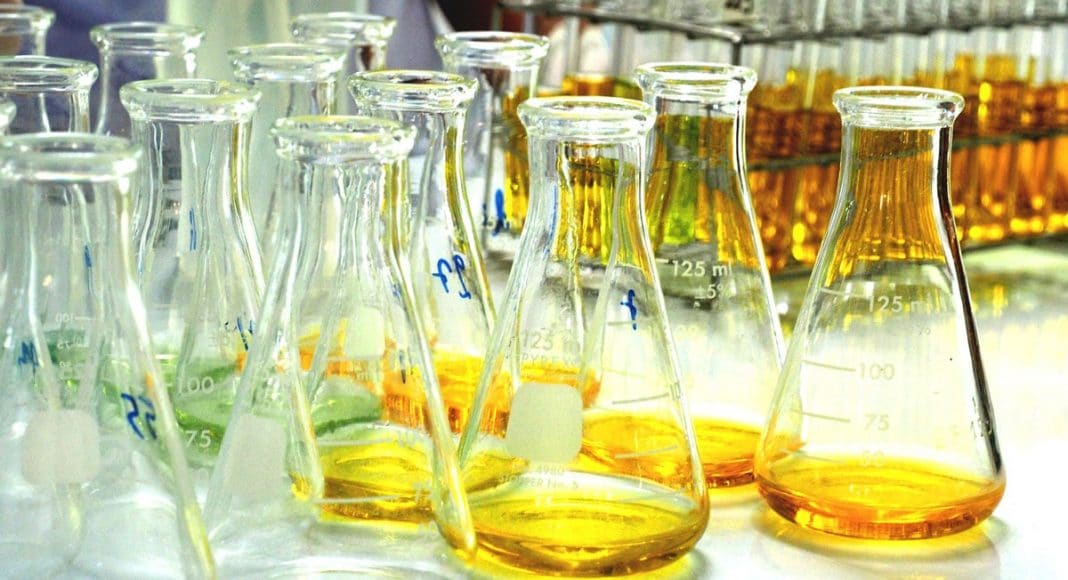Within the Endocannabinoid System, there are receptors known as the CB1 and CB2 receptors which absorb cannabinoids through a multitude of different ways.
If you’re a newcomer to cannabis, terms such as endocannabinoid system and cannabinoids may be confusing. These are terms that everyone should be familiar with, especially true if you’re looking to expand your knowledge surrounding cannabis or if you’re interested in utilizing cannabis for its medicinal benefits. Let’s take a more in depth look at these common terms you will encounter when learning more about this miraculous plant known as cannabis.
What Are Cannabinoids?
Cannabinoids are compounds found within the cannabis plant in both its psychoactive and non-psychoactive forms. These compounds interact directly with receptors found in the Endocannabinoid System which you can learn more about later on in this article. Some of the cannabinoids you may be familiar with are THC also known as delta-9-tetrahydrocannabinol and cannabidiol or CBD. There are at least 113 known cannabinoids within the cannabis plant with each offering different effects as well as benefits to consumers and patients. While isolated these cannabinoids offer benefits of their own however they are most beneficial when found together in concentration as together they produce what is known as the Entourage Effect.
What Is The Endocannabinoid System?
The Endocannabinoid System is an indigenous physiologic system found in the body of every mammal much like the central nervous system, the digestive system, and others. The Endocannabinoid System also known as the ECS plays a crucial role in regulating many of the human body’s natural functions. Within the Endocannabinoid System which is found throughout the brain, organs, glands, muscles, tissues, and nerves in the body there are receptors known as the CB1 and CB2 receptors which absorb cannabinoids through a multitude of different ways.

RELATED: Marijuana’s Top 5 Cannabinoids And What They Do
When cannabinoids are absorbed by these receptors they allow for two-way communication between cells which previously did not exist. This allows the body to naturally combat many different ailments. It is through this process that cannabis offers significant medical benefits for a wide variety of different patients suffering from a multitude of different diseases and conditions. You see the main goal of the ECS is to create a state of homeostasis throughout the body.
Endo vs. Phyto Cannabinoids
Cannabinoids as referenced above are known as Phytocannabinoids as they are found and produced within the cannabis plant. The body however also naturally produces cannabinoids which are classified as Endocannabinoids. The main difference between the two types of Cannabinoids is essentially how and where they are produced. Both Endocannabinoids and Phytocannabinoids activate the cannabinoids receptors in the same manner.
RELATED: 10 Glorious Cannabinoids In Marijuana And What They Can Do For You
Unlike the abundance of Phytocannabinoids which have been identified within the plant there are currently only five known Endocannabinoids produced Naturally by the human body which includes anandamide, 2-arachidonyl glycerol, virodhamine, noladin ether and N-arachidonyl dopamine. Each of these Endocannabinoids acts as neuromodulators which essentially means that they directly affect the way in which our brains process other chemicals within the body such as amino acids.
As you can see there is a vast array of information surrounding cannabis. I hope that this general overview of these common terms will help you in your quest for knowledge and truth surrounding cannabis and all that it has to offer.


